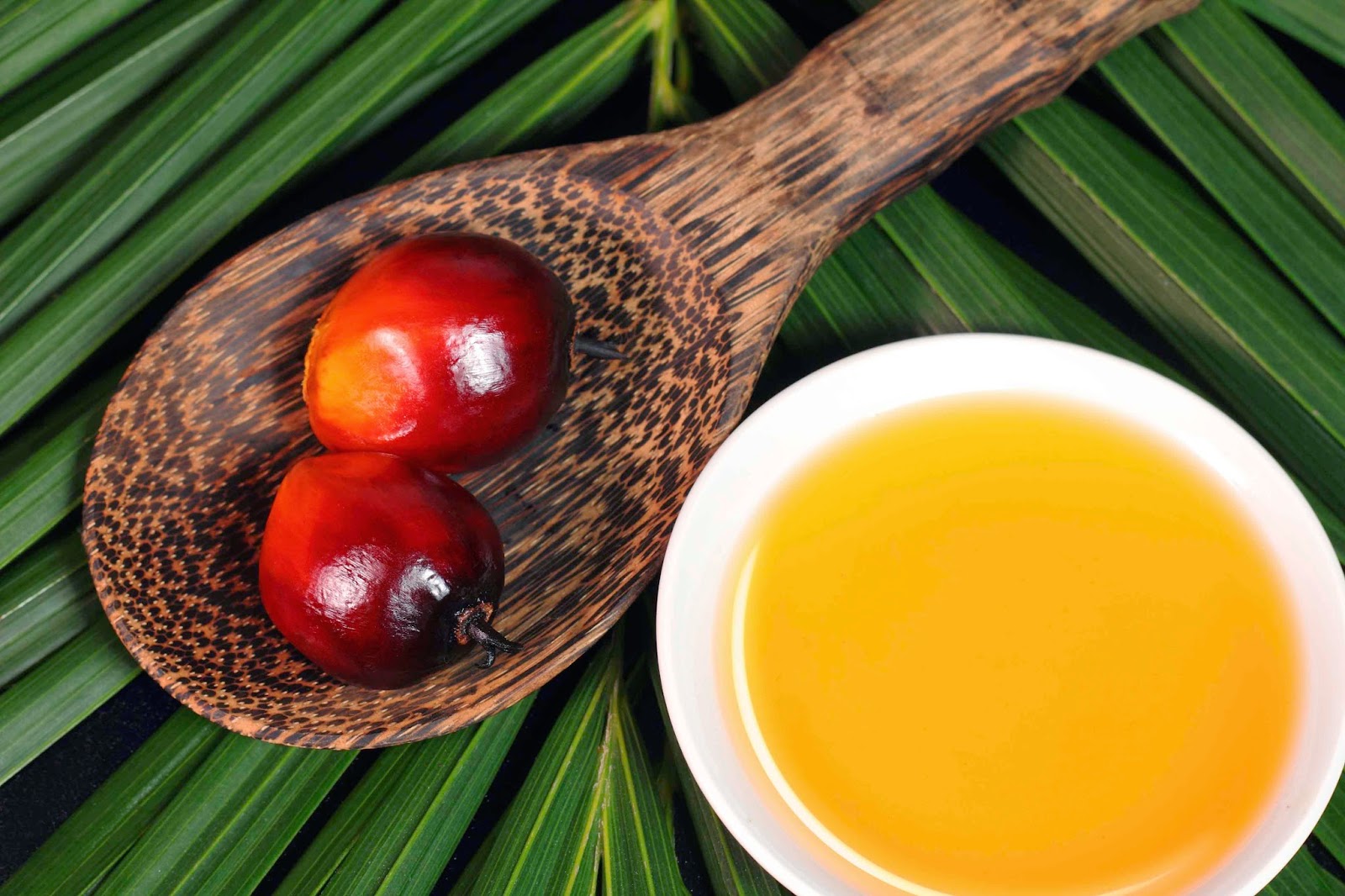2. Calcium & Vitamin D
Strive
for three servings of calcium- and vitamin D-rich foods a day. These
nutrients often occur together in foods, especially dairy.
Calcium and vitamin D work together in your body, primarily to
strengthen your bones. But if the latest research is any indication,
both of these nutrients may flex some muscle in your weight loss
success. Dairy foods are the prime source of calcium and vitamin D in
the diet. In a study from Johns Hopkins Bloomberg School of Public
Health, college students who came closest to meeting the three-a-day
dairy requirement while eating an otherwise healthy diet weighed less,
gained less, and actually lost belly fat, compared with students who
consumed little or no dairy.
Moreover, vitamin D by itself may play a role in weight control.
Extra body fat holds on to vitamin D so that the body can’t use it. This
perceived deficiency interferes with the action of the hormone leptin,
whose job is to tell your brain that you’re full. And if you can’t
recognize when you’re satiated, you’re more likely to overeat.
You may also want to consider a vitamin D supplement. The latest
research suggests that this nutrient may be a factor in protecting you
from everything from heart disease to memory loss and even chronic pain.
Evidence is mounting that we need more than the current recommended
intakes, especially as we age, because older skin produces less vitamin D
(and sunscreens block the body’s ability to use sunlight to produce
this vitamin). That’s why the leading experts in vitamin D research are
now recommending a daily supplement of 1,000 IU of vitamin D—the kind
most readily used by the body.
Read more about why you should drink milk here
Daily Recommended Calcium Intake:
Men and women ages 19-50: 1,000 milligrams
Men and women age 51+: 1,200 milligrams
Daily Recommended Vitamin D Intake
Men and women ages 19-50: 200 IU
Men and women ages 51-70: 400 IU
Men and women age 71+: 600 IU
3. Good fats
These include monounsaturated fatty acids and
omega-3 fatty acids, found in oils, nuts, avocados, certain fish—and
yes, even chocolate! Eat 3-4 servings daily.
A study published in the journal Appetite shows how these
fats—besides being good for your heart—can help you feel fuller longer
after meals. The study participants with a higher intake of omega-3
fatty acids (more than 1,300 milligrams a day, either from foods or from
supplements) reported feeling less hungry right after their meals, as
well as 2 hours later, compared with a lower omega-3 intake (less than
260 milligrams a day). Less hunger means less munching and an easier
time keeping calories in check.
More specific research has been done on walnuts, a good source of
monounsaturated fats. An Australian study had participants follow a
healthy low-fat diet, either with walnuts or without. Both groups ate
the same number of calories and lost approximately the same amount of
weight at 6 months. But during the next 6 months of the year long study,
the walnut-eaters continued to lose weight and body fat, while the
other group stopped losing—even though they were still following the
same diet.
4. Protein
Aim for three servings of lean protein (such as
fish, white meat chicken and turkey, pork loin chops, and lean beef
sirloin) per day. In addition to being an essential nutrient, protein
helps to keep you feeling full longer, which is a big benefit when
you’re trying to lose weight. In a small 2009 study, participants who
ate a higher-protein breakfast were more satiated afterward (and took in
fewer calories at lunch) than those who ate a low-protein breakfast(be sure to vary your protein sources and include plant ones, too).
5. Water
Studies from Stanford Prevention Research Center
suggest that
water helps promote weight loss in two ways. First,
drinking more water—at least 4 cups per day—was linked to a 5-pound
weight loss over the course of a year. According to the researchers,
this amount of water increases the amount of energy or calories your
body burns. Second, substituting water for sugary drinks—sodas, sports
drinks, flavored drinks, and sweetened milks, coffees, and teas—resulted
in even more weight loss. The exact number of pounds lost depended on
how many sugary drinks were consumed in the first place, and how many
were replaced with water.
Still don’t think you can give up your sodas and mochaccinos?
Then
consider this: It’s been shown that when people consume a certain amount
of calories, they’re more hungry and more likely to overeat at their
next meal when those calories are in liquid rather than in solid form.
Translation: If you eat a 200-calorie snack, you’ll be more satisfied
afterward and eat less later than if you drink a 200-calorie beverage.
So frequently drinking calorie-dense beverages could increase both your
hunger and your calorie intake throughout the day.
6. Green Tea
Sip at least 3 cups of
green tea every day.
Catechins, the antioxidants found in high amounts in green tea, have
been shown to be helpful in promoting weight loss, specifically belly
fat. If caffeine is a concern, decaf tea is an option. Some
decaffeination processes, however, can lower the antioxidant content so
you might want to have an extra cup or two.
In a study at the USDA Human Nutrition Research Center on Aging at
Tufts University, participants who drank the equivalent of 3 cups of
green tea a day lost twice as much weight as those not drinking tea. The
tea-drinking group also lost significantly more belly fat than the
non-tea drinkers.
If you like citrus, the news gets better. Replacing some of the tea
brewing water with citrus juice, such as lemon, lime, orange, or
grapefruit, allows your body to use more of the tea’s catechins. You can
drink your green tea freshly brewed for a warming hot drink, or chill
it after brewing for a refreshing cold drink.
















































